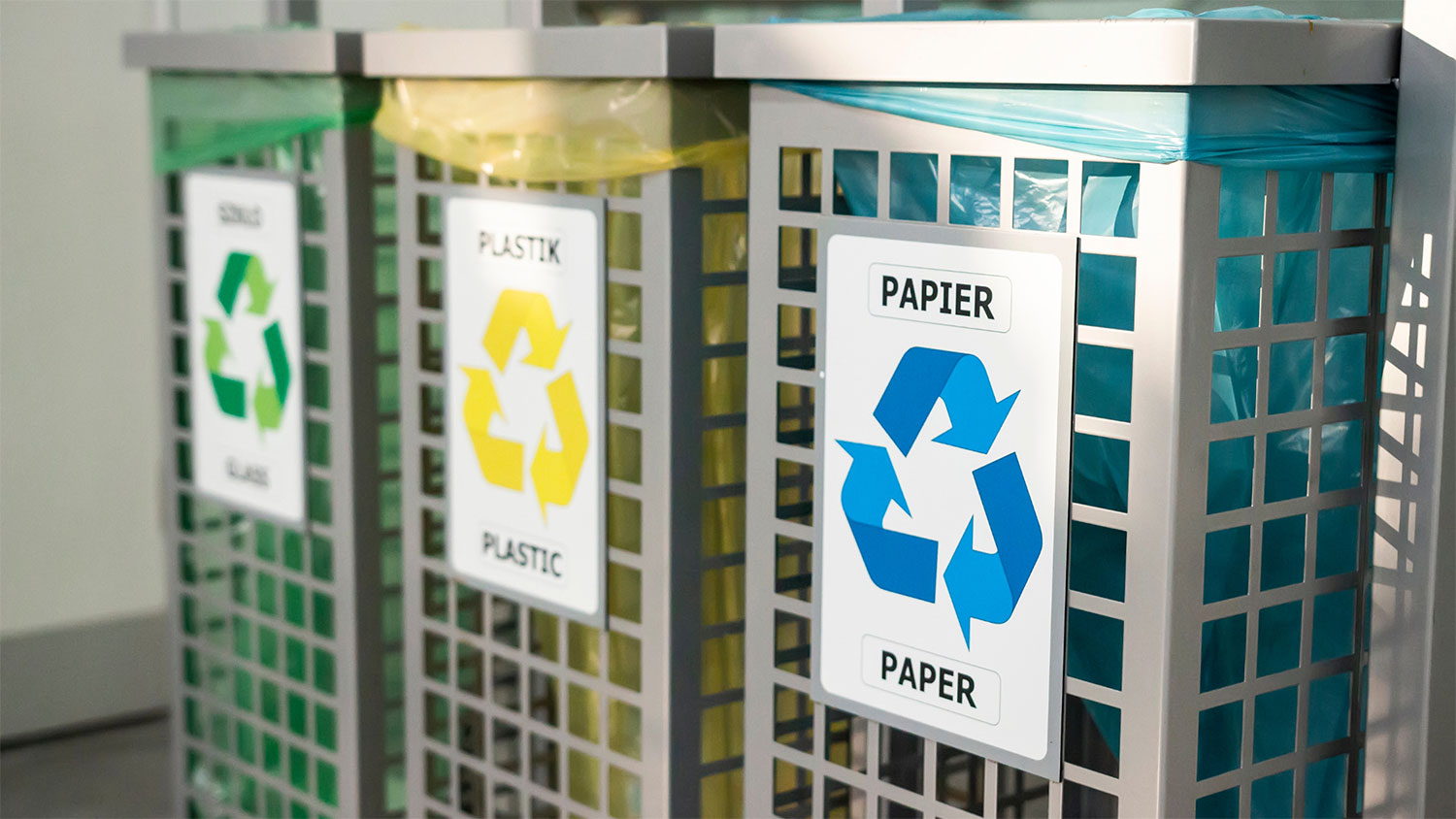Common commercial waste management mistakes and how to fix them
Monday 2nd June 2025

Effective waste management is about more than just keeping your site tidy. It’s often about reducing costs, achieving compliance, protecting the environment and even safeguarding your reputation as a responsible business.
However, many businesses still fall into the traps and pitfalls that could be avoided with a more focused effort on waste disposal and management. It may not be the sexiest subject in the world, but how organisations handle their waste really does matter and should be important – right from the boardroom to the post-room of a company.
Here are just some of the common commercial waste management mistakes that businesses frequently encounter.
Failing to separate waste at source
All too often businesses expect waste sorting to be someone else’s job – whether it’s cleaners, waste contractors or at landfill sites. Even now that Simpler Recycling legislation has come into play mandating that any organisation with 10 or more staff must separate waste effectively, there are still plenty of companies taking a one-bin-fits-all approach.
It's not just inefficient; it can be illegal, depending on the materials involved.
The fix: organisations have a responsibility to encourage separation at the point of disposal. In its simplest form this should involve the provision of colour-coded bins and clear signage that deters users from simply lobbing everything into a general waste bin.
.jpg?sfvrsn=74991982_1)
Failing to train staff
Providing clearly marked bins is one thing, but encouraging employees to use them and helping them to differentiate between waste effectively is another. It may seem obvious what can and can’t be recycled, what counts as food waste and what falls into the dry recyclable category – but you’d be surprised how many grey areas there are.
The fix: short, regular training sessions and helpful posters can keep your team on the right track. Making it a part of all staff onboarding can help to expedite the process and instil good habits from day one.
Missing the opportunity to reduce waste at source
It’s a statement that is applicable in many walks of life – be proactive rather than reactive. And that certainly applies with regards to waste management. All too often businesses simply accumulate waste and worry about how to dispose of it at a later date.
The fix: a much more strategic approach would be to consider the root cause of waste and take steps to keep it to a minimum in the first place.
This theory applies to everything from how much food produce a restaurant orders in ahead of a busy week of service to how much packaging is involved in bringing goods into a manufacturing environment each day. By reducing waste at source, it’s incredible how much money, time and environmental impact a business can cut.
Industry-specific mistakes
Of course, some sectors have particular challenges and mistakes that they must overcome. Here are just a few:
Hazardous construction waste
Mixing hazardous and non-hazardous waste is unfortunately still an ongoing issue on many construction sites. Materials such as paint cans, asbestos and plasterboard can all too easily get mixed in with general waste and even recycling.
The fix: providing a combination of training and well-marked, easily accessible skips on-site in order to encourage correct handling of materials.
Handling cardboard in retail
Anyone who has worked in retail will tell you that things can get busy and time isn’t always on staff’s side. This frequently leads to cardboard and plastic packaging not being segregated and recycled properly.
The fix: installing balers and compactors can help employees to handle high volumes of recyclable materials quickly and efficiently. Assigning responsibility for recycling to key team members is also often a good step to take.
Failing to separate out clinical waste
Mixing clinical waste – particularly plastic or glassware – with other recyclables and general waste is a common issue in the healthcare sector. It risks dangerous contamination and can have its own legal consequences.
The fix: it’s critical that orange “infectious waste” bins are provided wherever clinical waste is generated. This should be supported by adequate training, signage and regular audits to ensure adherence.
Mistakes are common but the solutions aren’t rocket science
It’s true to say that small changes in waste disposal practices and good adherence to the necessary processes really can make all the difference when it comes to commercial waste management – both financially and environmentally.